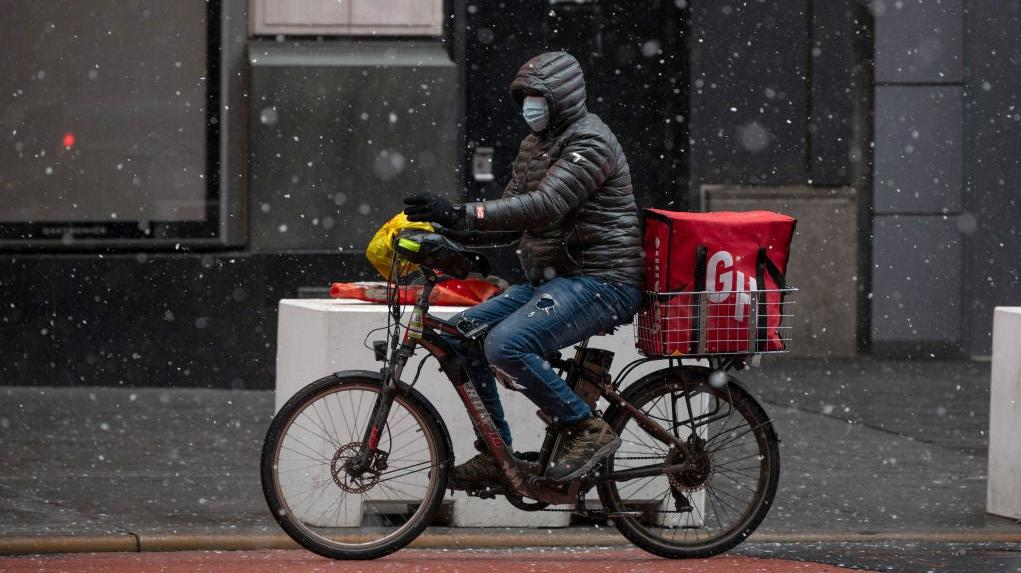Why, Yes, You are Paying More For Your Third-Party Delivery
Pandemic brain makes your memory hazy, makes you question your entire conception of the Beforetimes. It edits out the screaming children at restaurants and the crowded banquettes, the long wait at the bar for a drink, the FOMO when you see on social media that your friends went out without you. But rest assured, your memory is right about one thing: you are definitely paying more for your food delivery via third-party app than you were before.
The Wall Street Journal conducted an experiment (summarized here, for non-subscribers) in which it compared the price of three identical delivery orders from three Philadelphia restaurants in 2019 and 2021 using three different delivery services: DoorDash, Grubhub, and Postmates. In all cases, delivery cost more in 2021 than it did in 2019. The Journal broke down the separate fees embedded in each bill. In all cases, the price of the food from the restaurant increased, and so did the (unspecified) service fees. DoorDash also added a "regulatory response fee" after the city put a 20% cap on service fees.
(In a separate but related experiment, similar to one conducted by the New York Times last year, the Journal ordered identical meals from the same New York City restaurant, using three different third-party apps. The price variation was more than $3.50.)
Why is this happening? In general, dining room service and customer pickup costs a restaurant less than delivery. (As we know, the third-party apps charge ridiculous fees, and if a restaurant does its own delivery, it has to employ drivers.) At many restaurants—including Chipotle, the example here, the extra cost is built into the menu.
The Journal concludes: "Restaurants believe that customers who want the convenience of delivery will keep paying for it. Many are investing in pickup and drive-through services to make those options more appealing." Moral of the story? If you want to save money, pick up your own damned food.
